The picture was on the wall next to my table in a pub in Cowes where I enjoyed a couple of pints after an evening walk along the seafront back in April.
My photograph is not great due to reflections from the lights in the room.
The picture is from a supplement to Ships & Ship Models and is dated May 1937.
HMY Victoria and Albert was designed by Sir William White, built In Pembroke Docks at the cost of £572,000 she was launched in 1899 and commissioned in Portsmouth on 23 July 1901. She was the third yacht to be named Victoria and Albert and was fitted with steam engines fired by Belleville water tube boilers. Nearly all the crew off the previous Royal yacht were transferred to the new vessel which with an additional 100 crew gave the ship a total complement of 336.
The vessel measured 120m long with a 12m beam and had a tonnage of 4,700.
Completed after the death of Queen Victoria she was first used by King Edward VII in August 1901 to cross the channel to attend the funeral of his sister in Germany, Edward VII later used the yacht for cruising and visited countries throughout Europe as well as during fleet reviews.
She was decommissioned as the royal yacht in 1939 and after service during World War 2 as a depot and accommodation ship was broken up at Faslane in 1954.
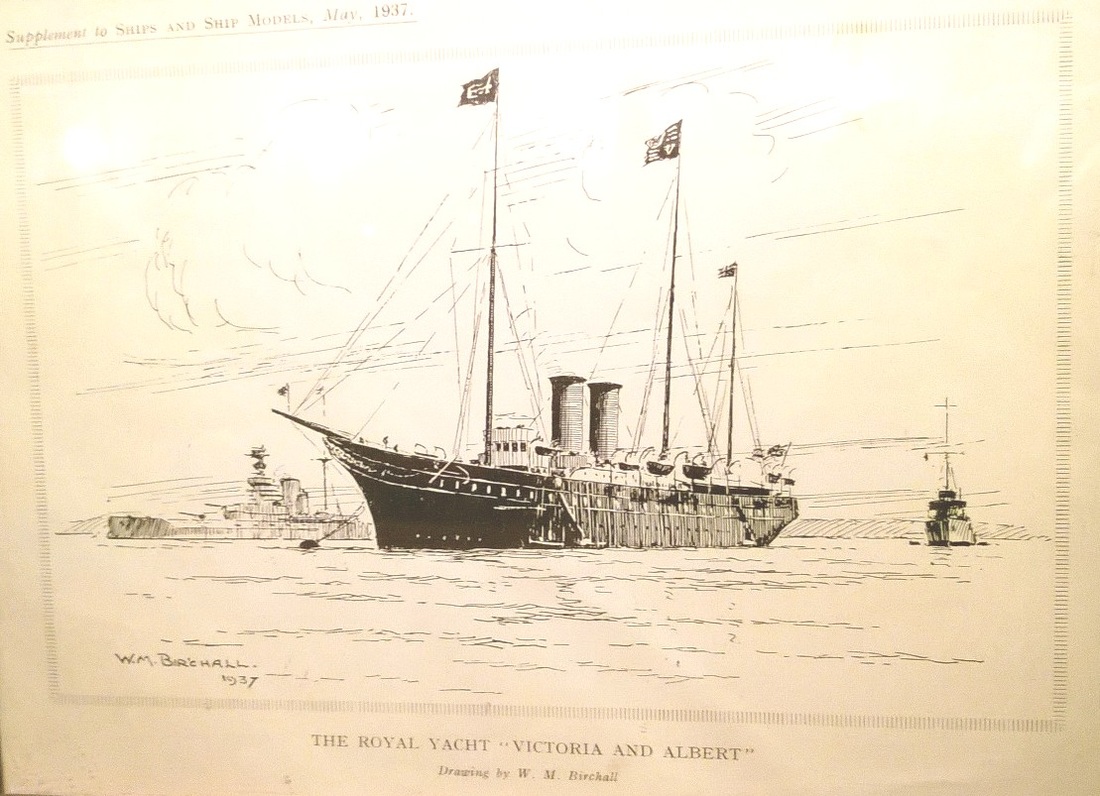
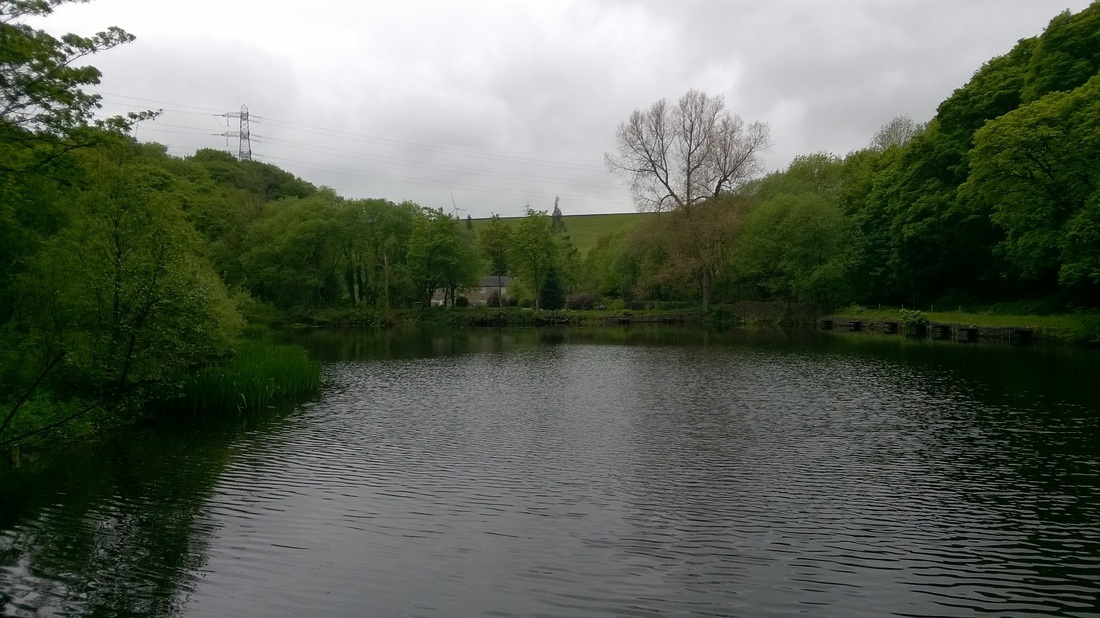

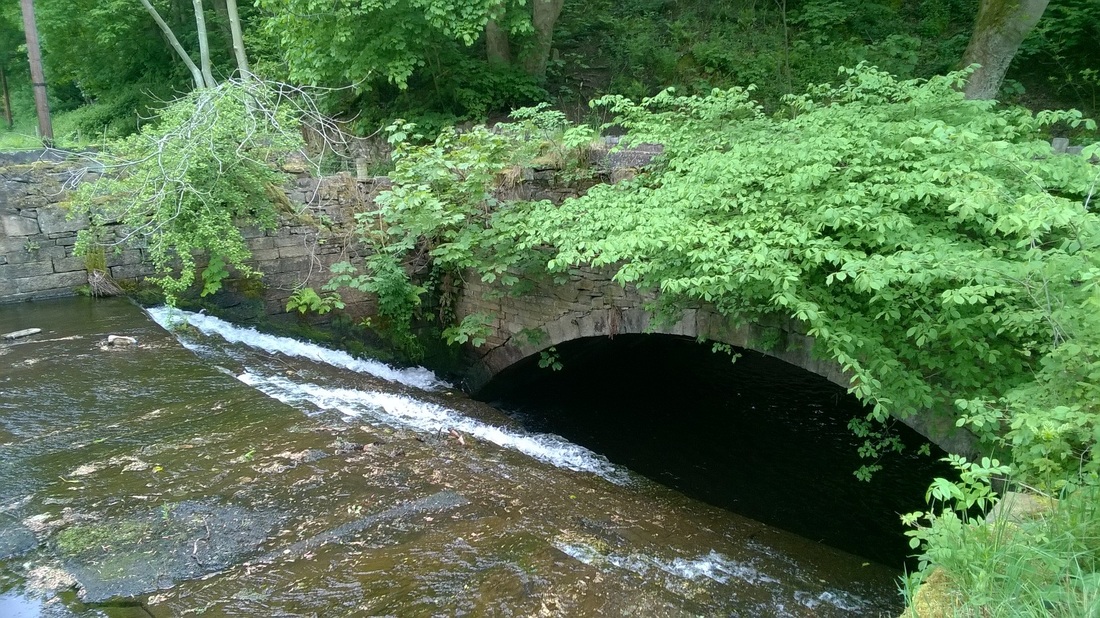
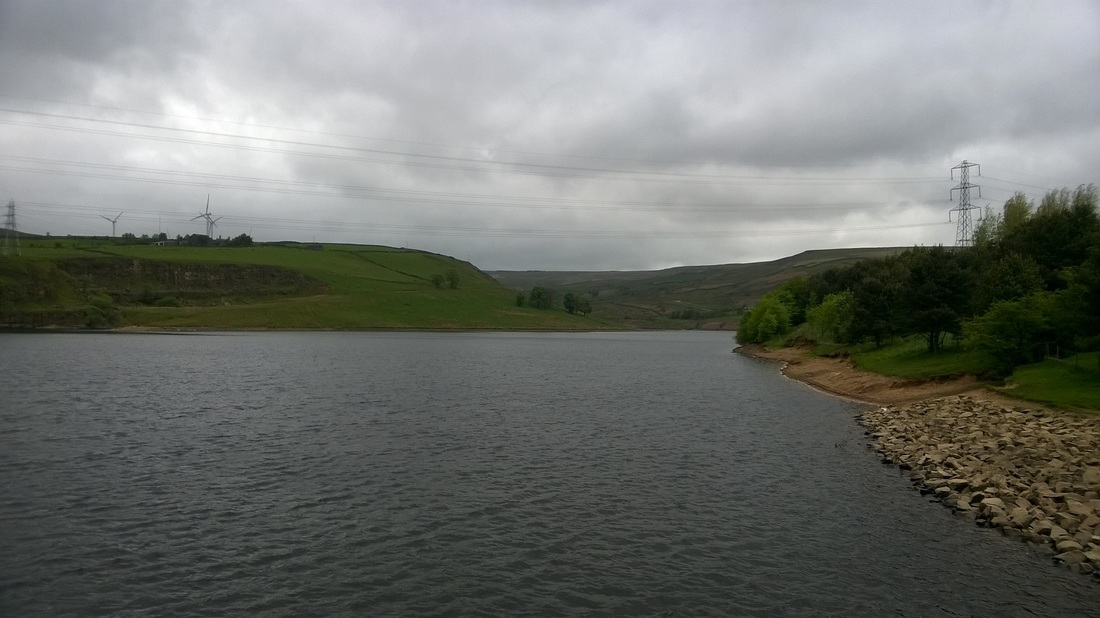
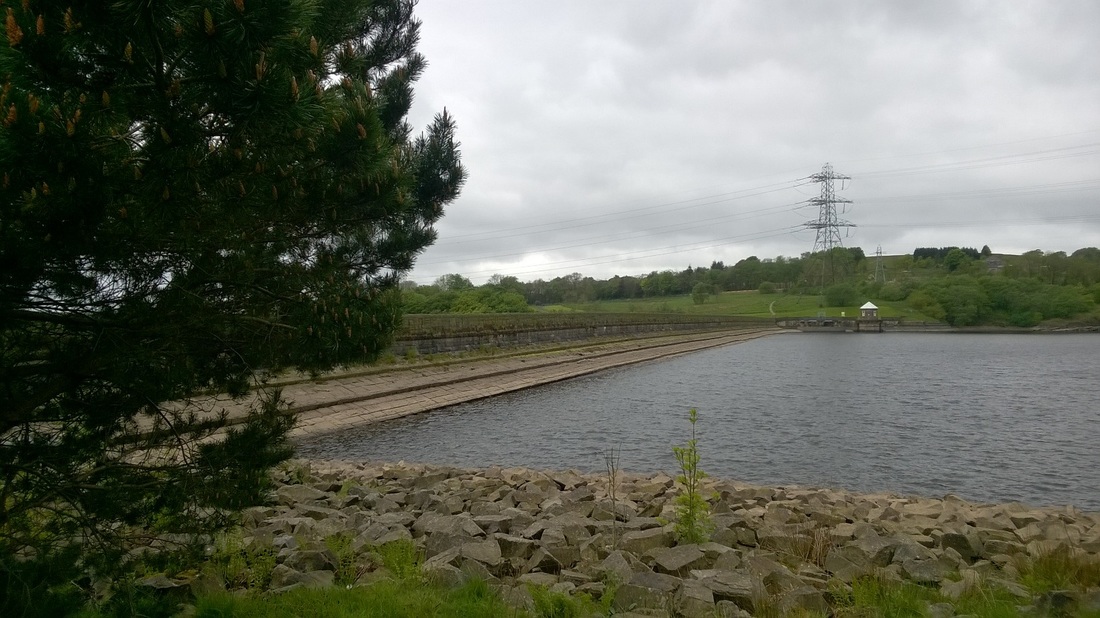
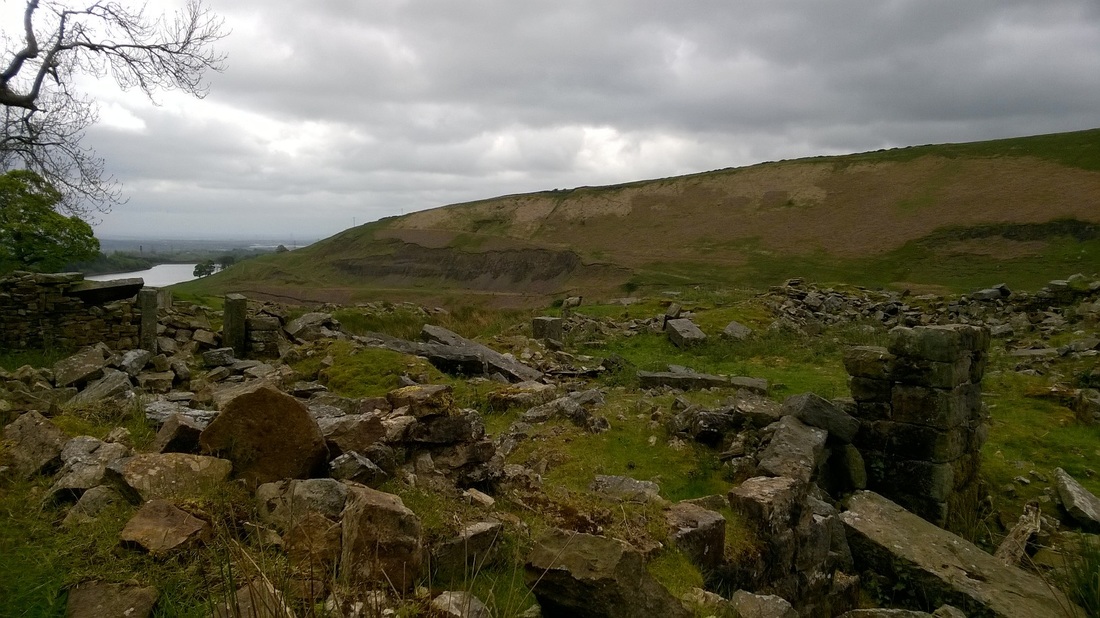
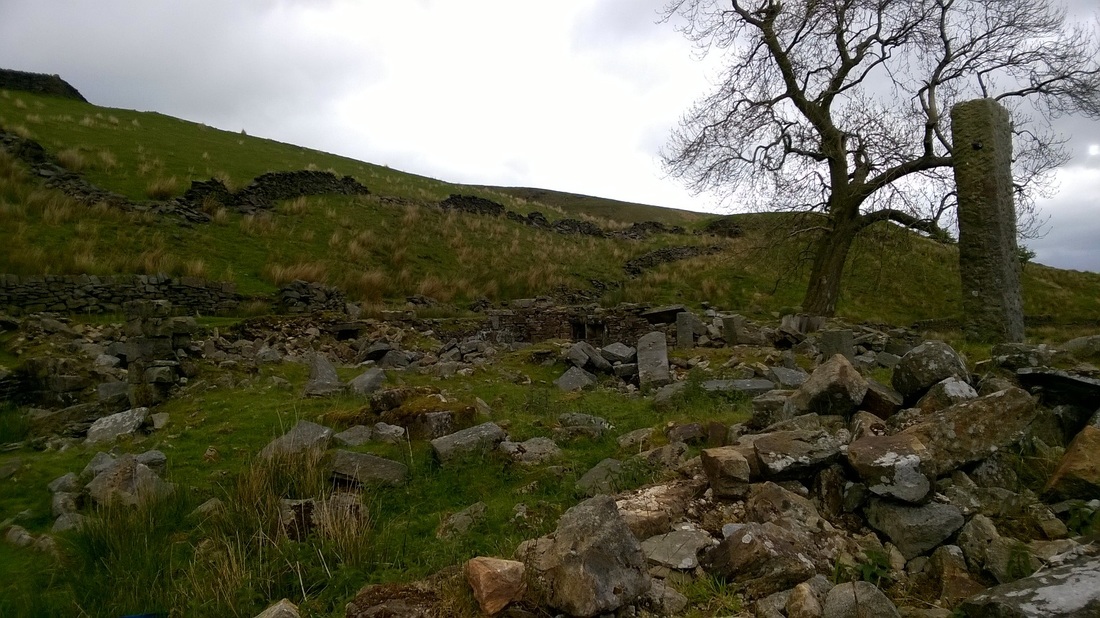
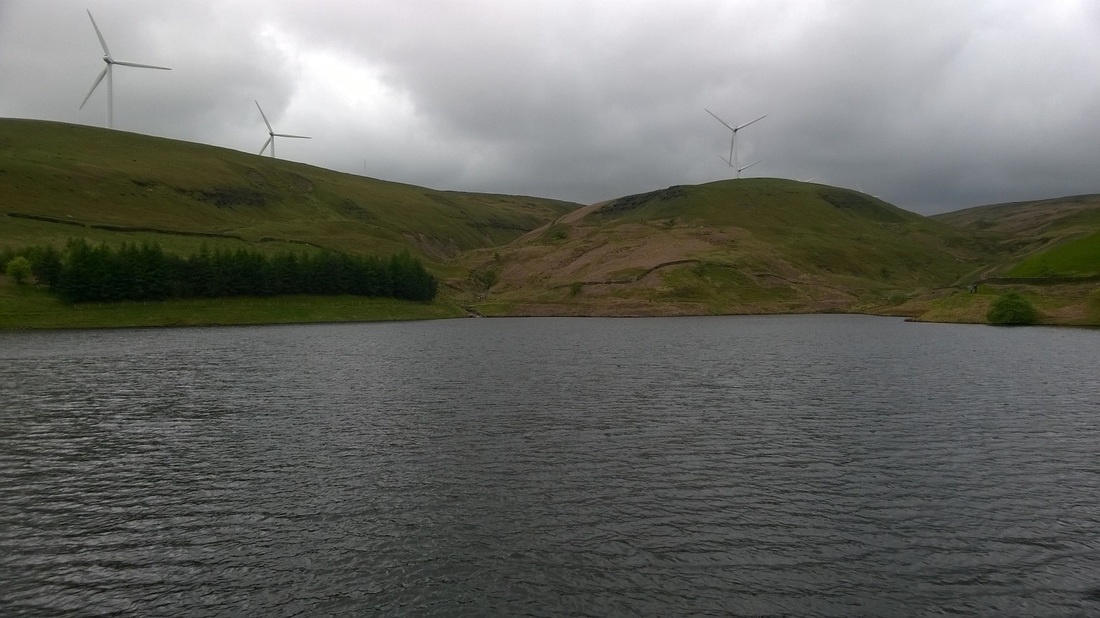
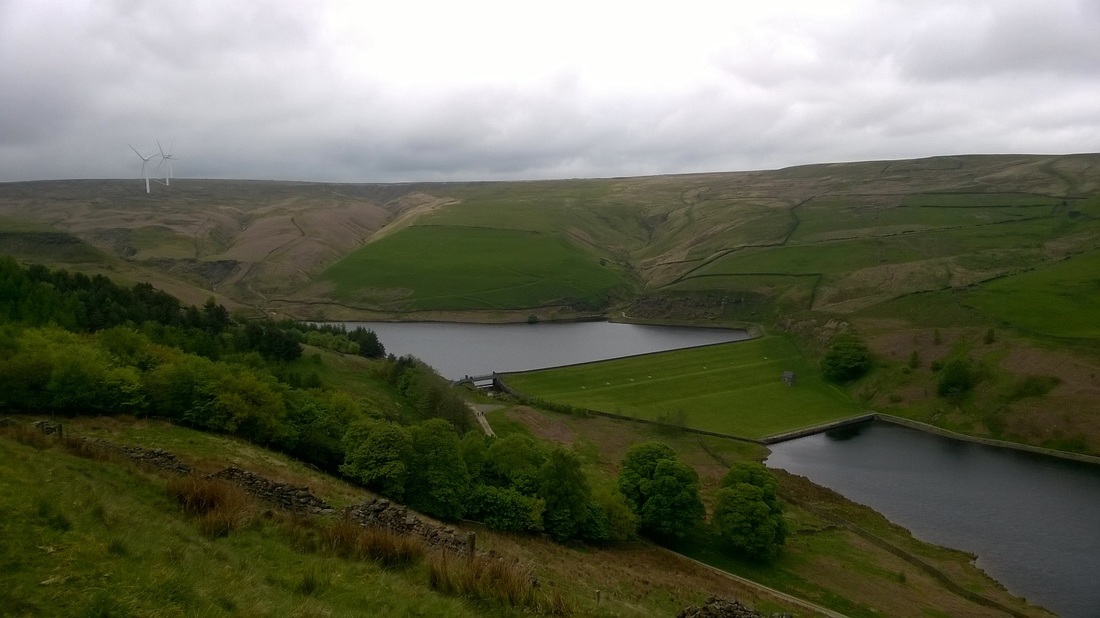
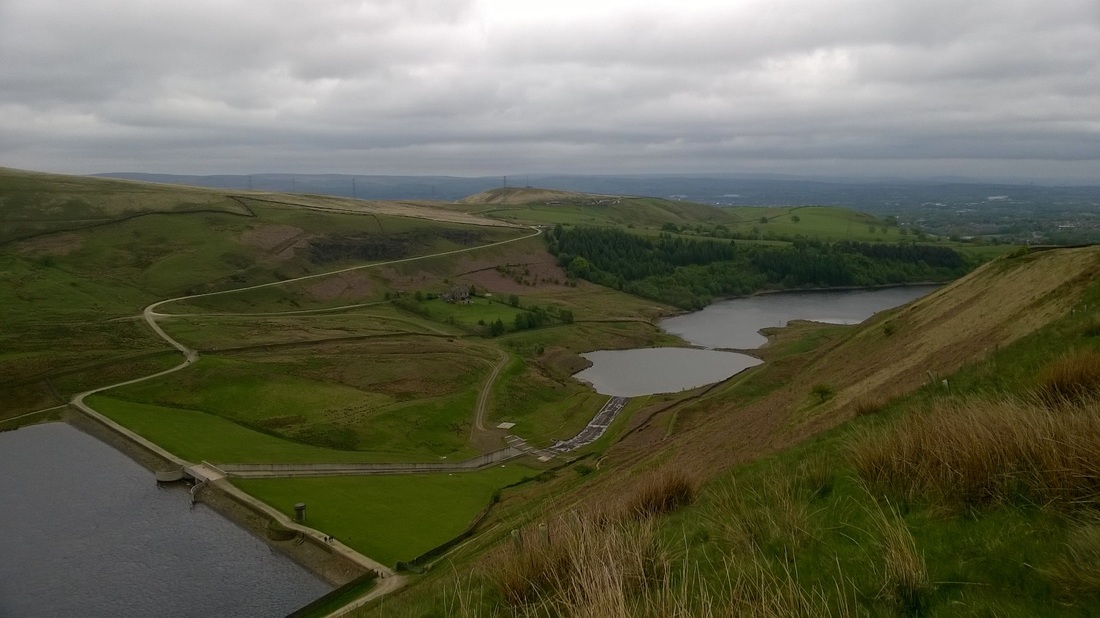
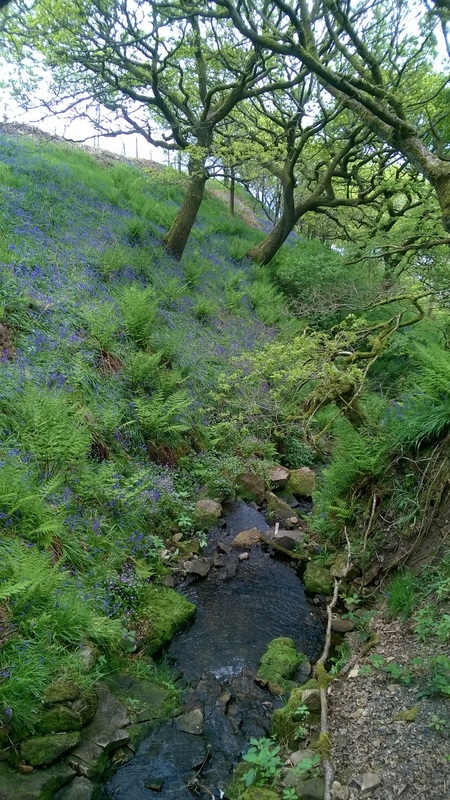
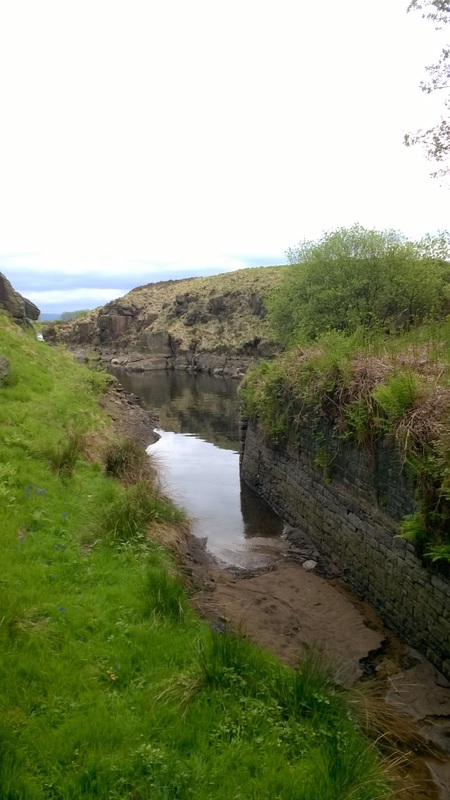
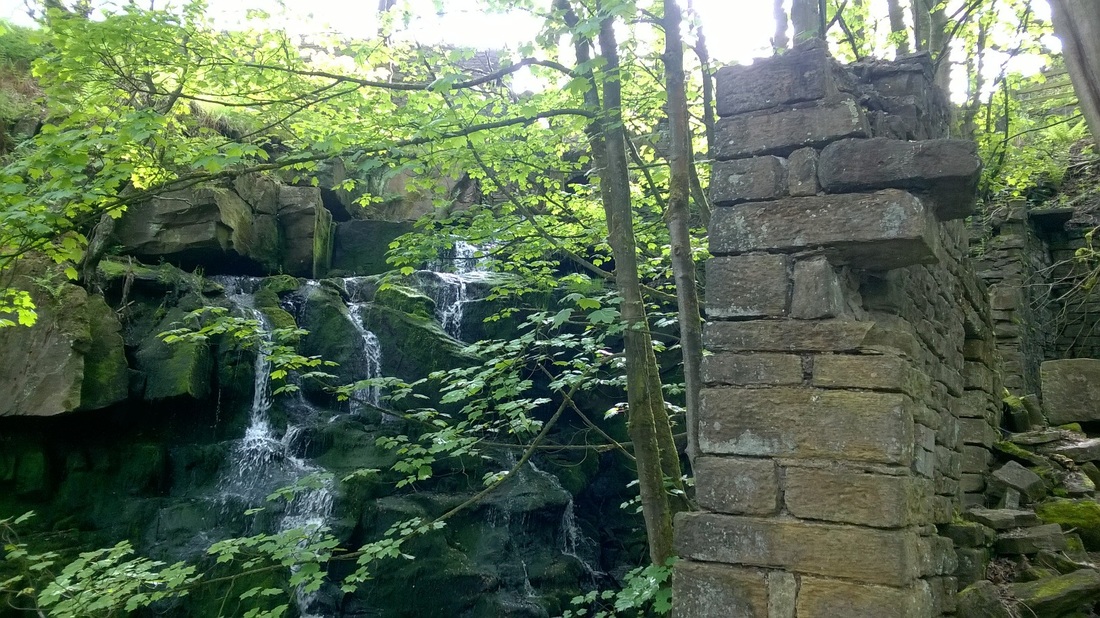
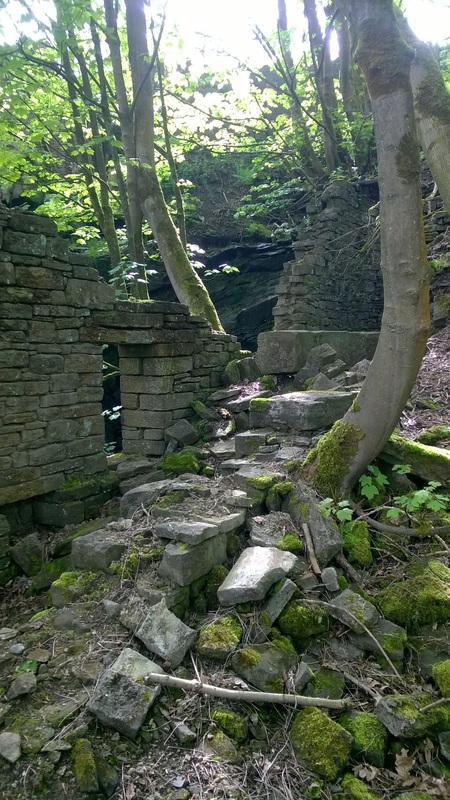
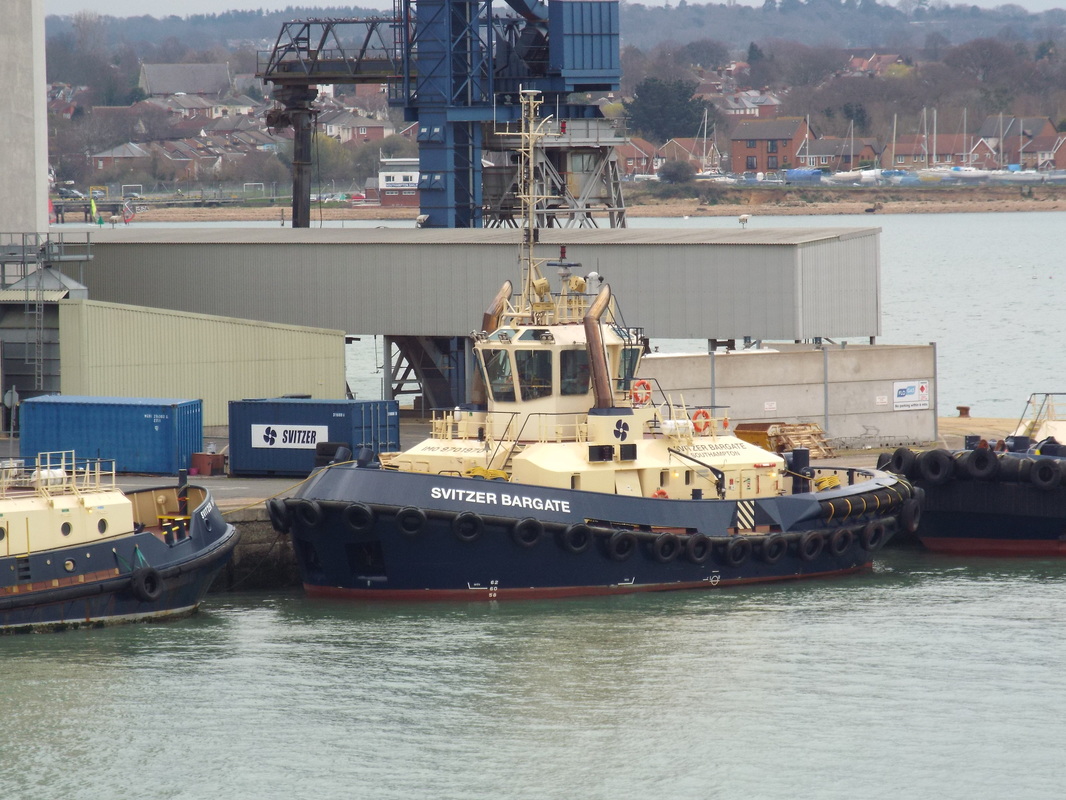
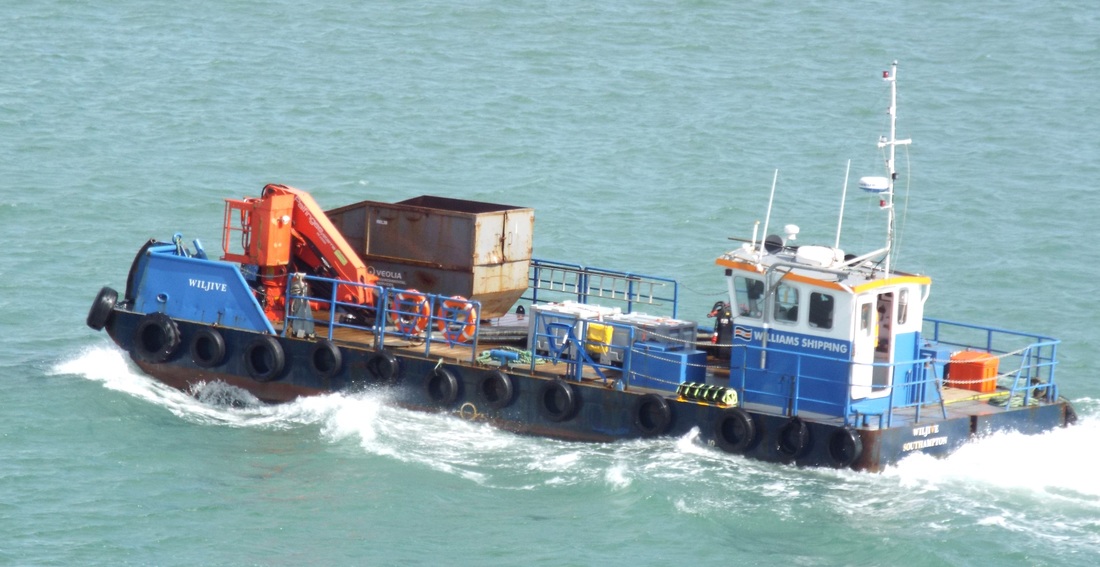
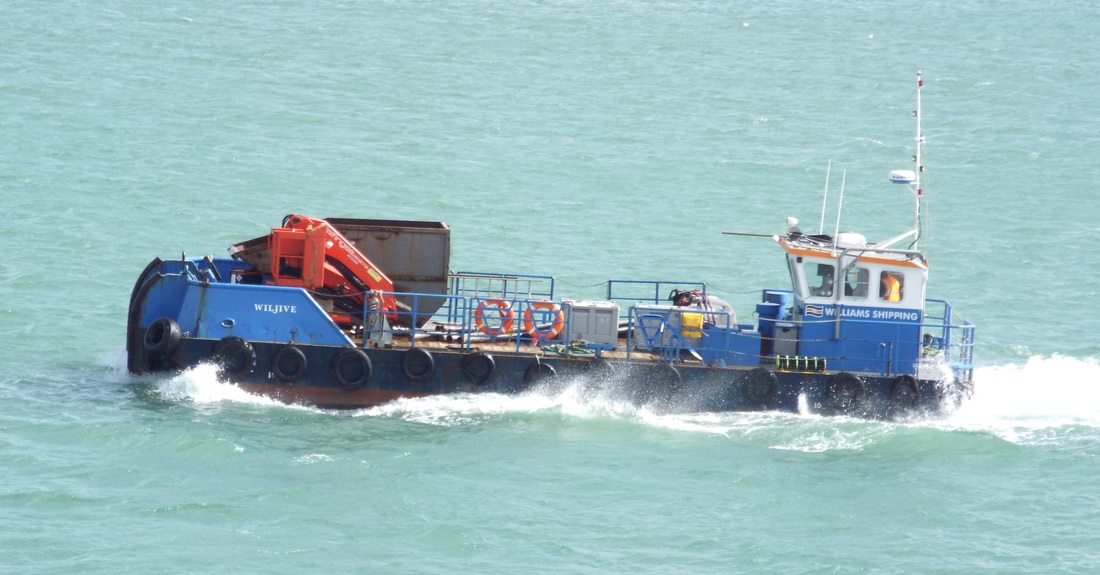
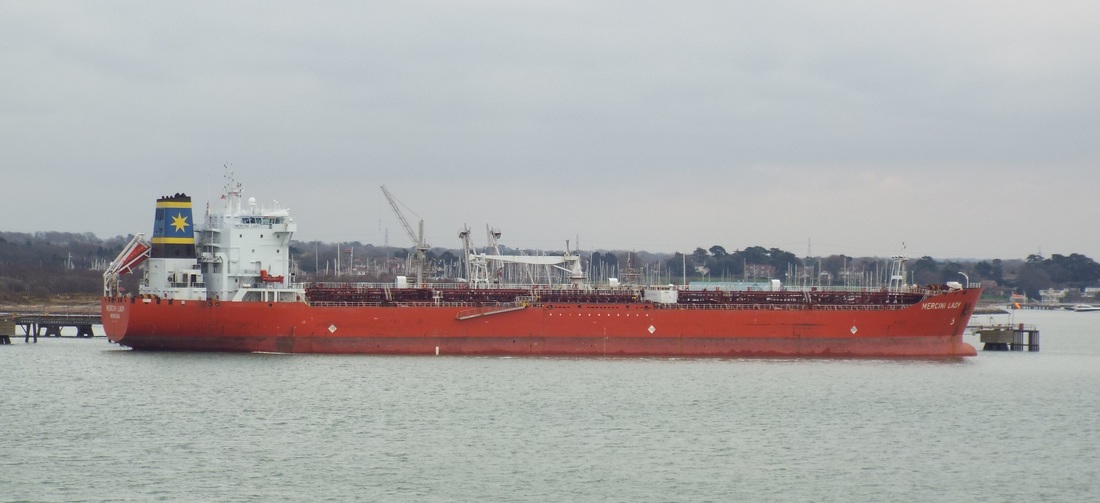
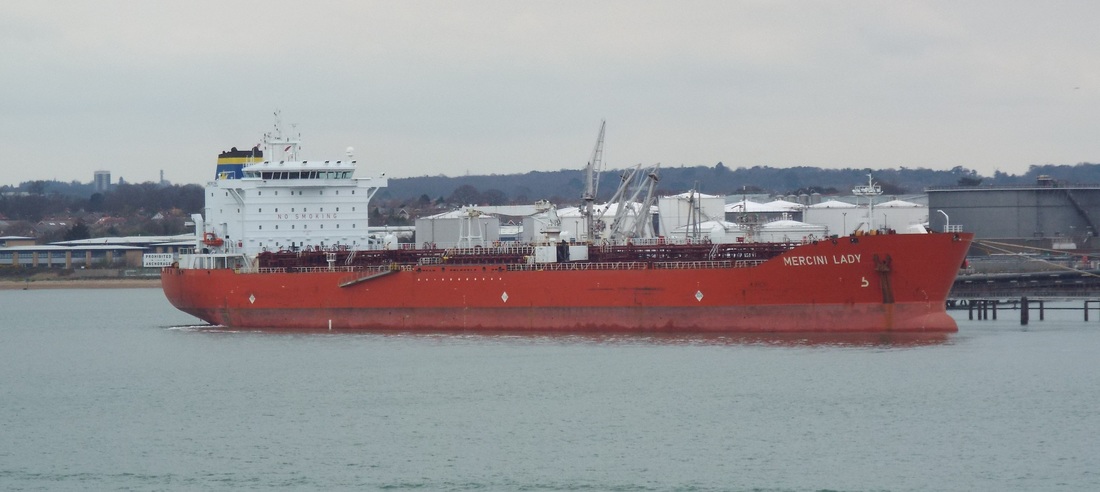
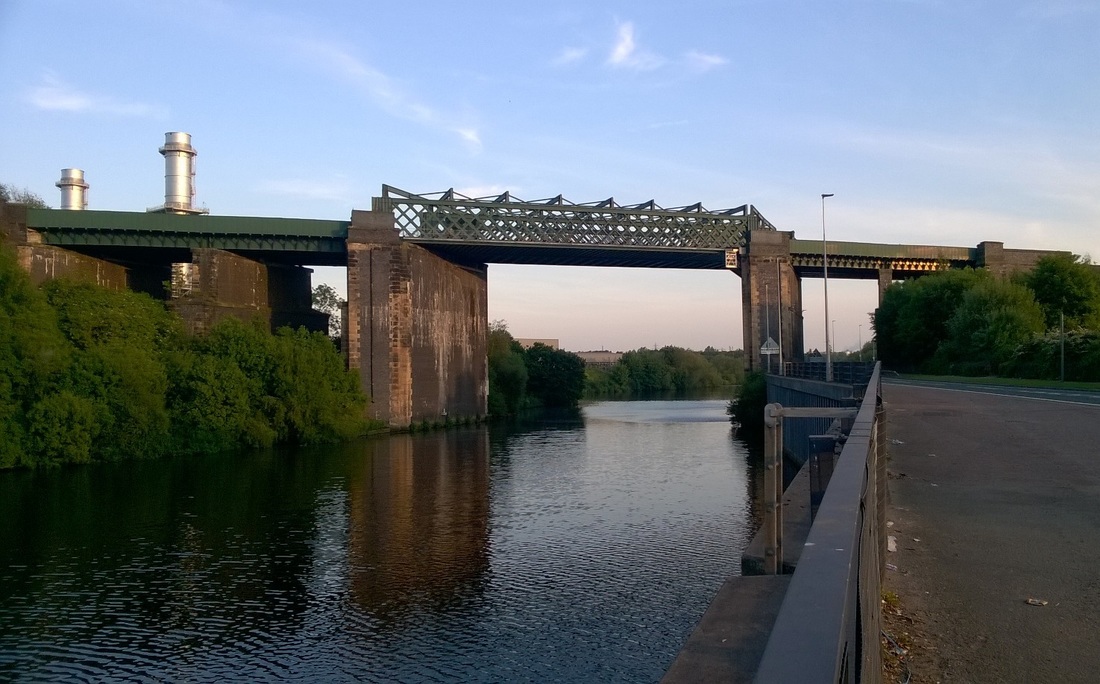
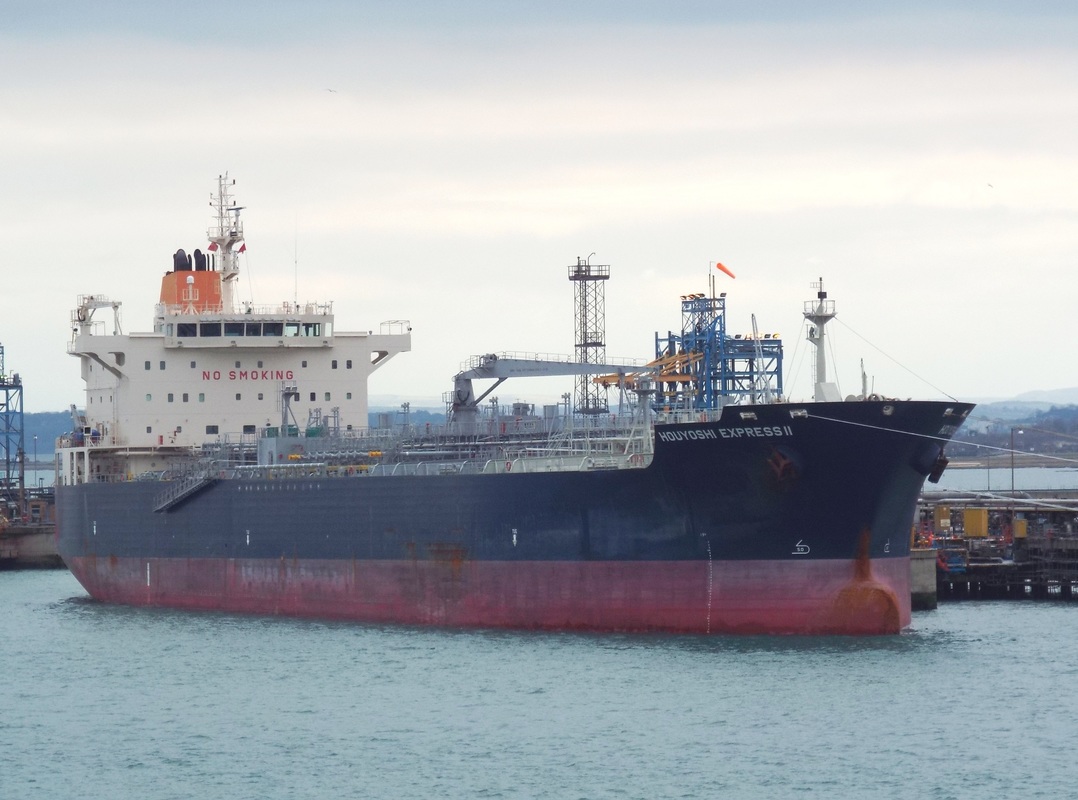
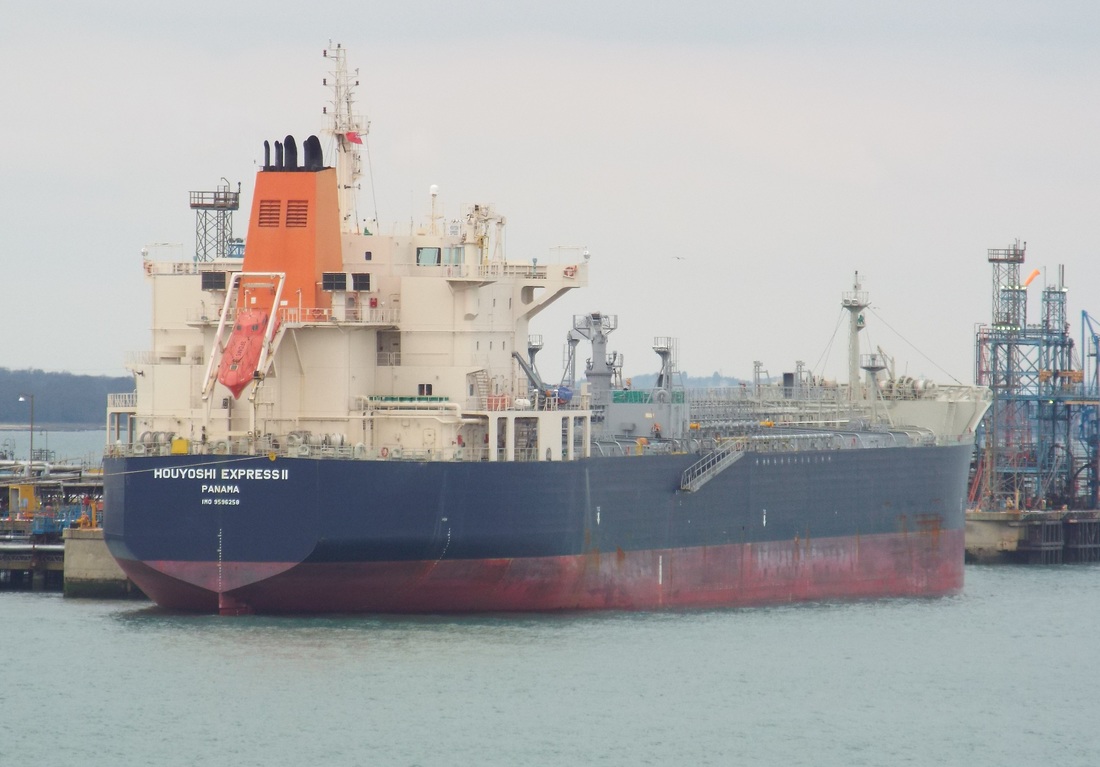
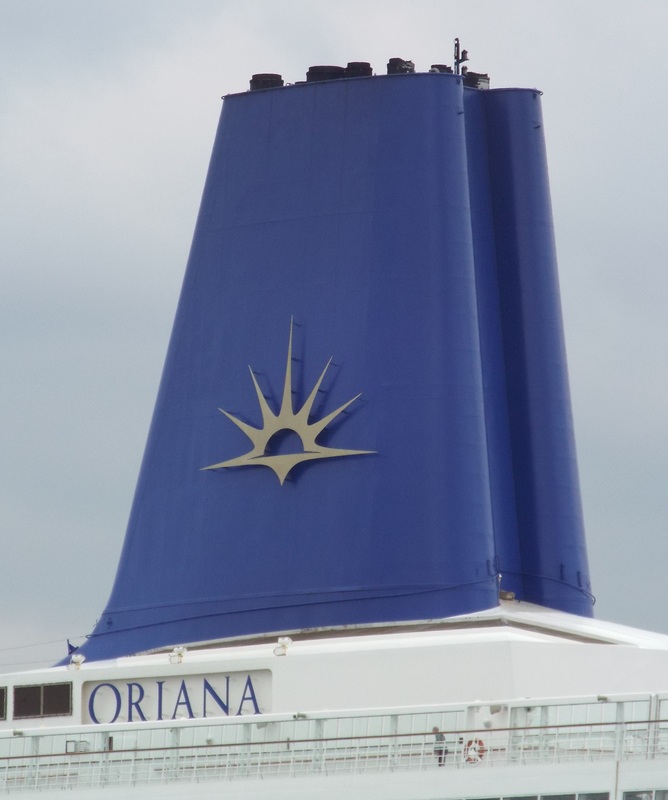
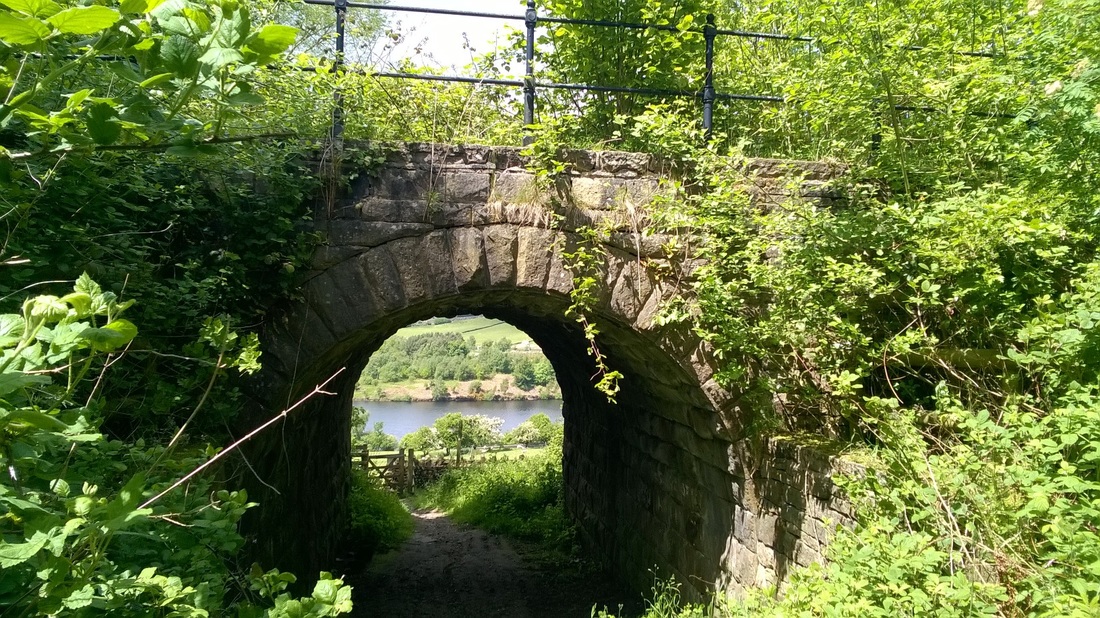
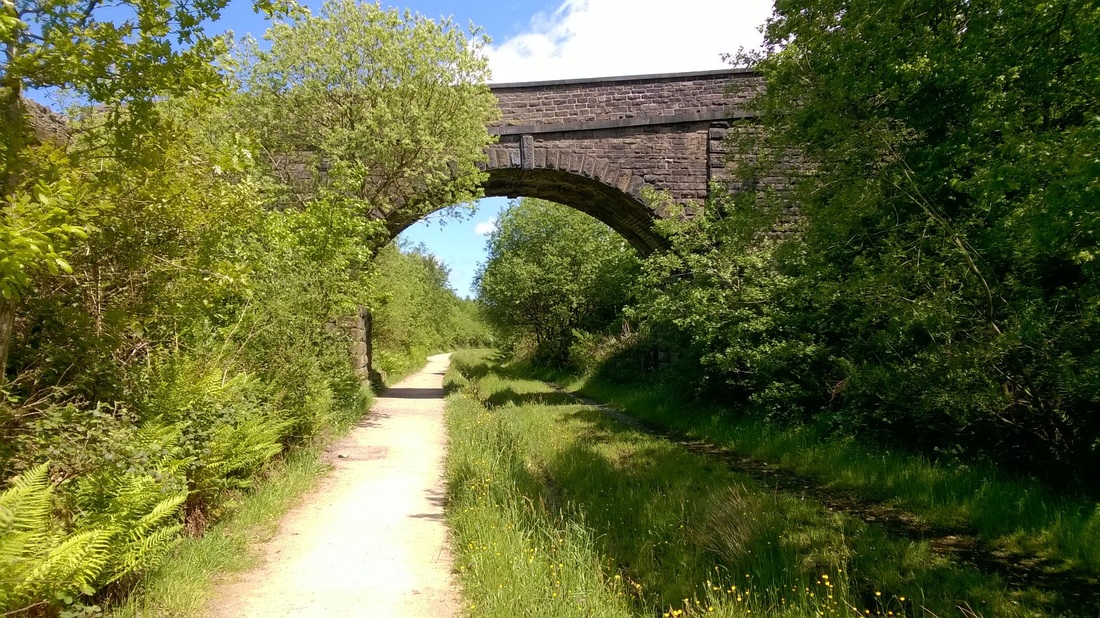
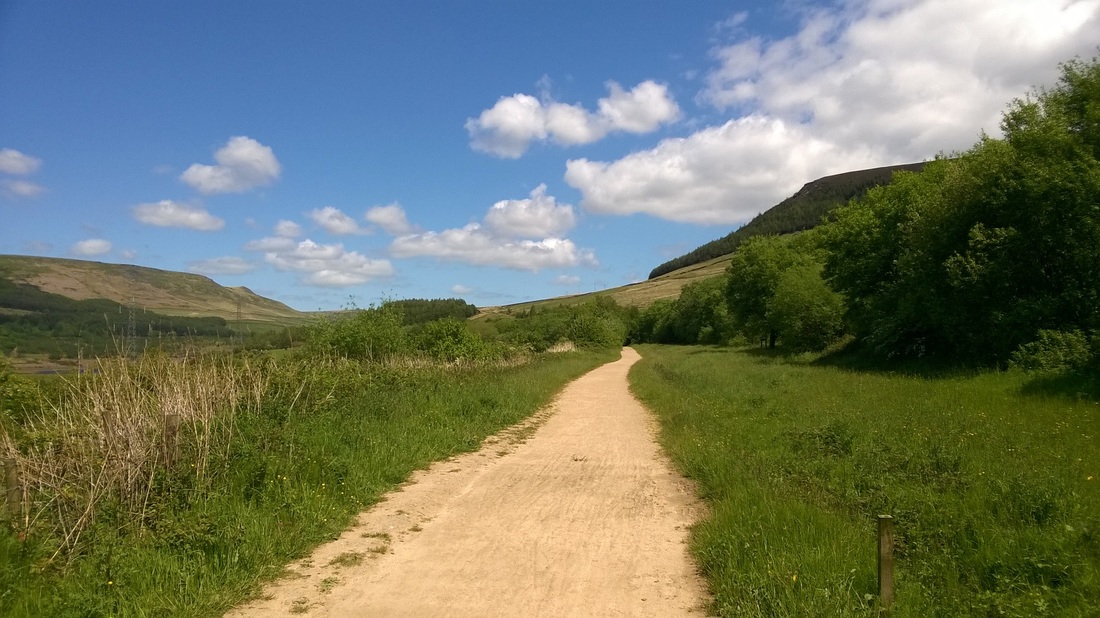
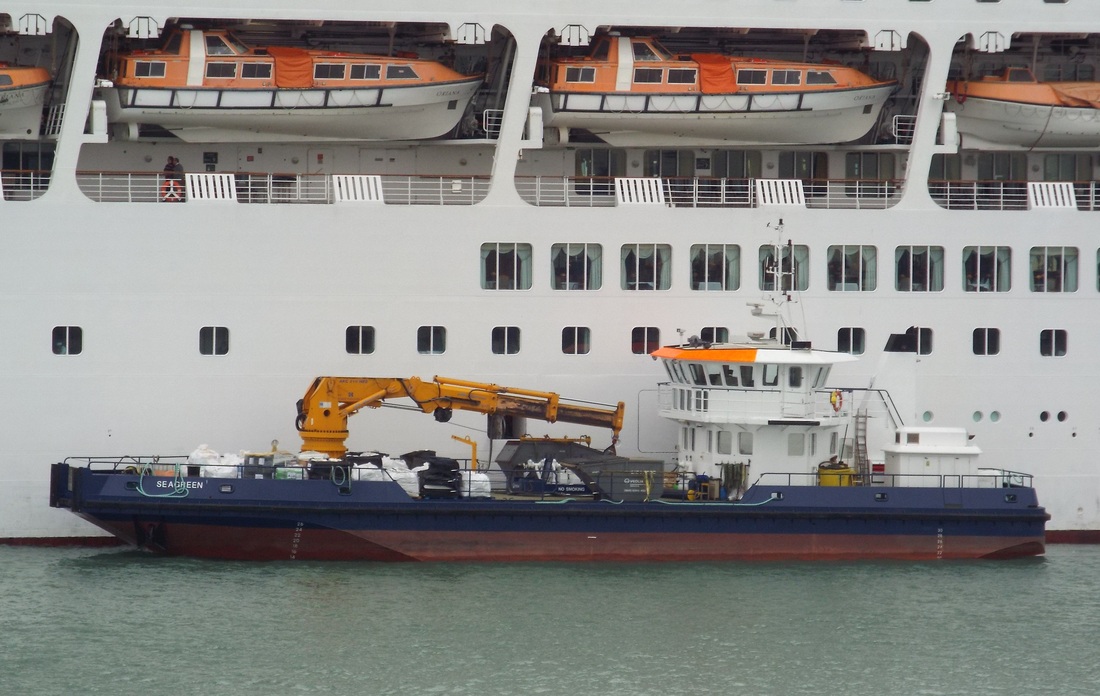
 RSS Feed
RSS Feed
